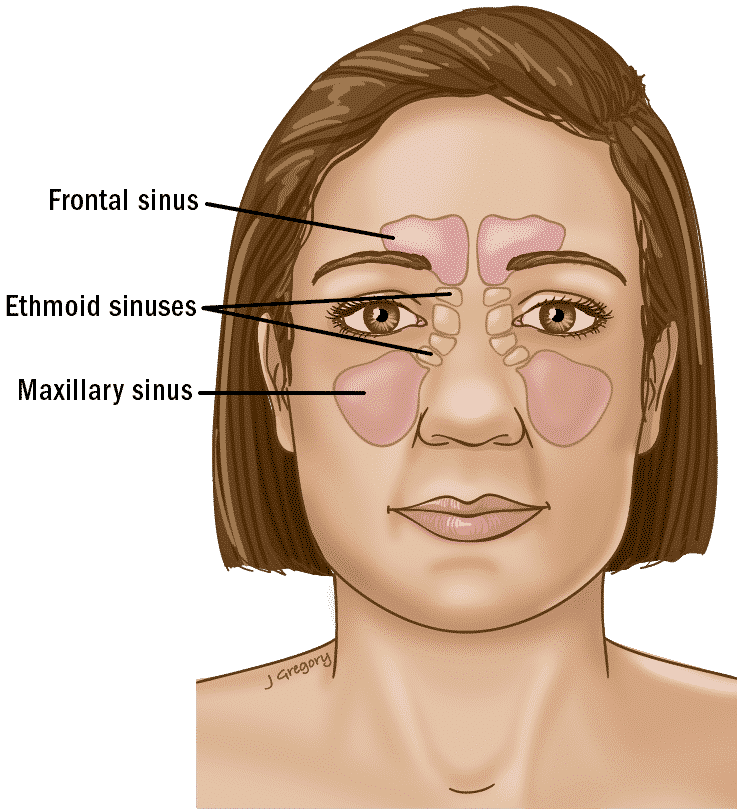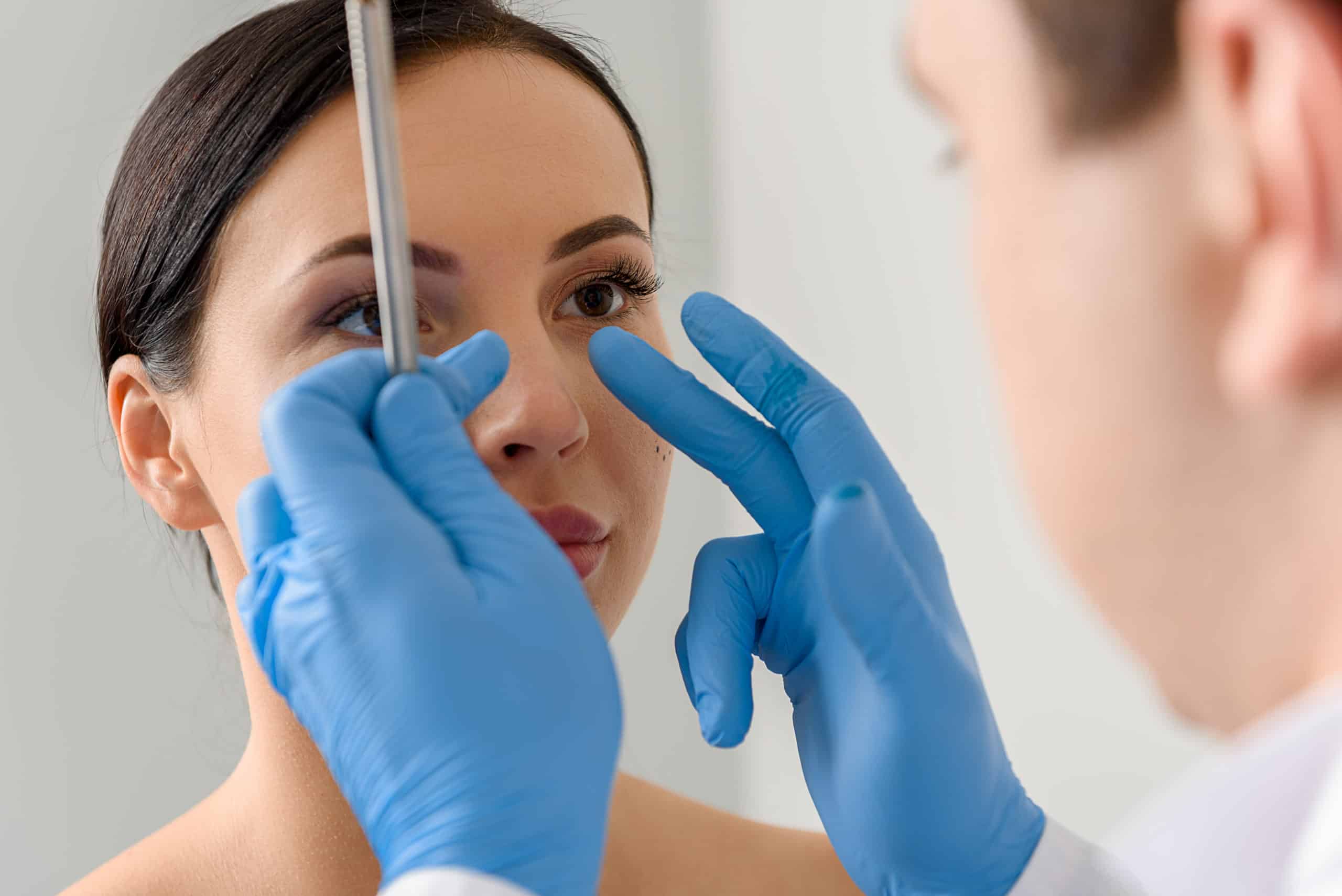If a suspicious lesion is found in the nose, sinuses, or nasopharynx (the area behind the nasal cavity), a doctor may perform a biopsy to determine whether or not it is cancerous. The biopsy may be performed in the office or in the operating room depending on a variety of factors, including the location and size of the lesion.

What to Expect from a Nasal Biopsy
If the biopsy is performed in the office, the doctor will use sprays, pledgets (wads of absorbent cotton or soft material), or injections to decongest and numb the area. They will then take a small sample of the tissue via one of the methods described below. After the biopsy, more pledgets or sprays may be applied inside the nose to control any bleeding.
Types of Nose, Sinus or Nasopharynx Biopsies
An endonasal biopsy is any biopsy taken through the nose. Your doctor may perform an endonasal biopsy using any of the following methods.
Nasal Speculum
A small metal speculum and light are used to visualize the lesion. The biopsy is performed using endonasal forceps. This procedure is typically done in the office as long as the lesion is accessible without great discomfort or risk to the patient.
Rigid Endoscopy
A small, rigid tube with a camera and light attached at the end (known as an endoscope) is used to visualize the suspicious area. It is then biopsied using an endoscopic instrument. Multiple different angles of endoscopes exist for accessing deeper areas. This can be performed in the office or in the operating room depending on the location of the lesion and the patient’s ability to tolerate endoscopy.
Flexible Endoscopy
A flexible endoscope is used to visualize the suspicious area. Small forceps are used to perform the biopsy. This method provides good maneuverability, but it can sometimes be uncomfortable. This procedure is typically performed in the office.

Download This Section
Feel free to download and print this page.
It’s free for personal use and to share with others you think might benefit from the information provided.












